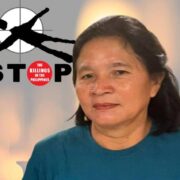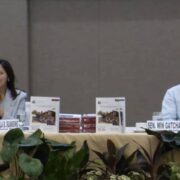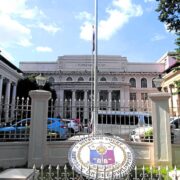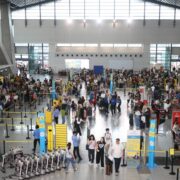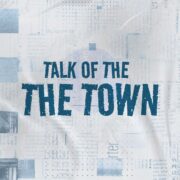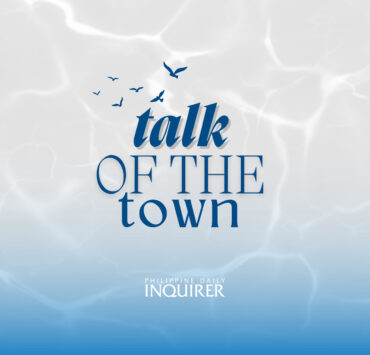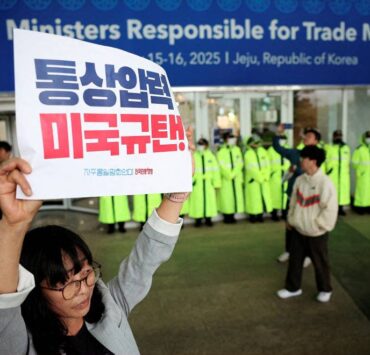The problem with our water
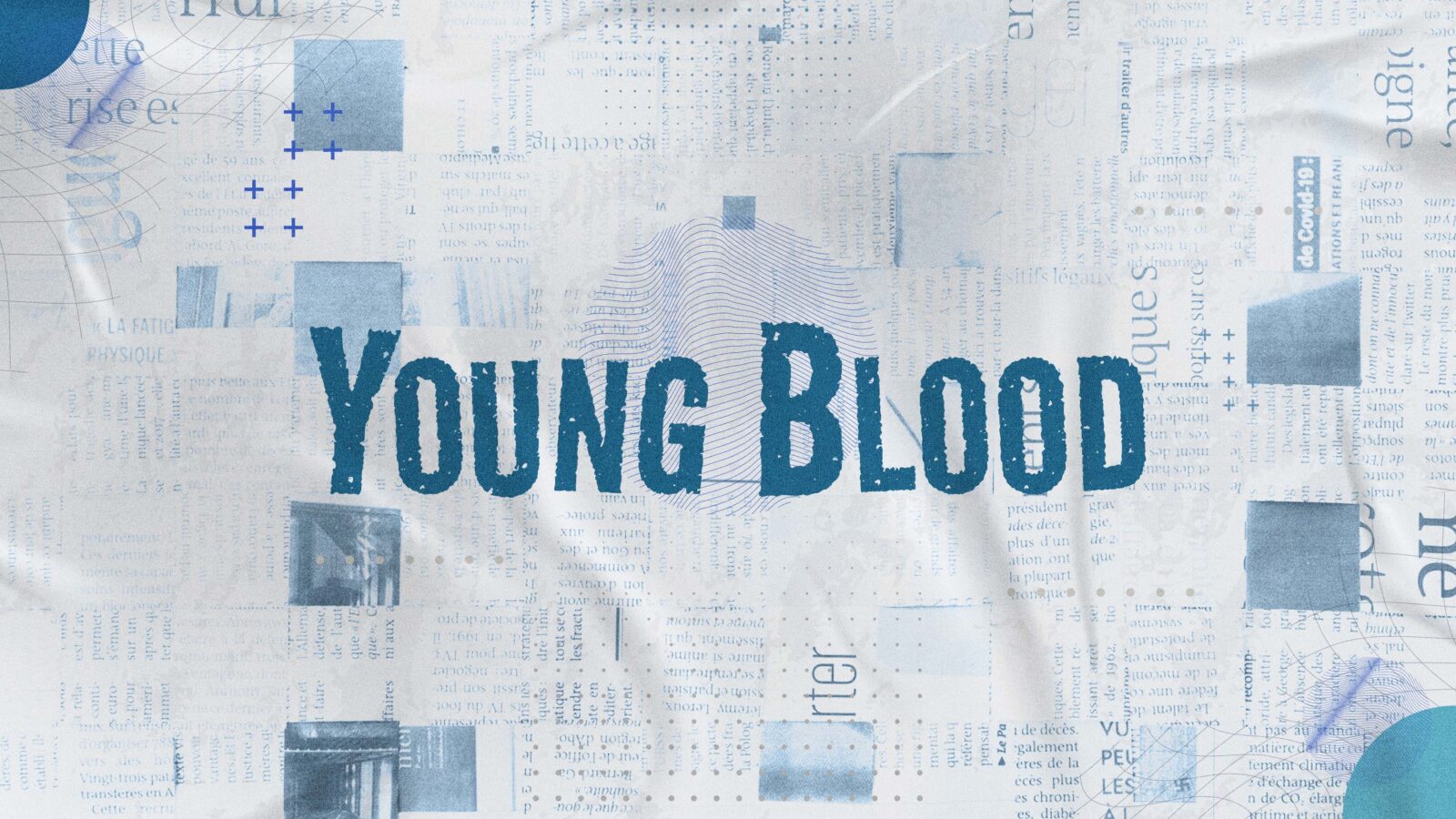
World Water Day, commemorated in March, is not a celebration. It’s a warning, chiming again and again: there is a problem with our water. Like an ambulance siren that’s tipping off an emergency happening all around the world.
There’s a problem with the water in our glaciers. It’s melting under the rising temperature of our planet. It’s raising sea levels, threatening to drown entire cities.
There’s a problem with the water in our rivers and seas. They’re filled with garbage, contaminated and used as dumping grounds for the waste we no longer want to deal with. Out of sight, out of mind—only, that waste is choking fishes and poisoning marine life.
And loudest of all: There’s a problem with the water that is supposed to be accessible for all; for bathing, cooking, and drinking, to sustain daily life. A fundamental human right, says the United Nations. The problem is this: despite being a right, not everyone has it.
In our country alone, 40 million don’t have access to clean water.
Up until I was 8 years old, our water at home came from a rusty manual water pump. “Bomba,” we call it in Kapampangan. It’s lost to me why the word for it translates to an explosive in English. Maybe because when it runs dry, you have to heave it forcefully to produce an eruptive stream of water.
As a kid, I didn’t realize that meant our area was still underdeveloped, lacking connection to pipelines and infrastructure. In fact, I held that as a fond memory of simpler times. Until I personally saw that it was still a reality for others in farther-flung locales.
I counted three as we walked between homes in Barangay Mabuhay, Samar, during a community outreach. Water pumps, that is. Residents who had their own were actually lucky. The rest had to share seven communal taps, ones that only spurted water at alternating schedules in dry months.
During the rainy seasons, there was a different cause for concern. The water often turned turbid and yellow because it came from a mountain spring and had to pass through pipes sprawling earth and foliage, where debris and other elements could seep through. For them, buying bottled water is the safest bet, which would cost roughly P1,500 a month—something most households can’t afford. So they trust the safety of their water supply. There isn’t much of a choice.
I spent two days in their community for a joint initiative between The Zain Jaffer Foundation, the organization I work for, and Waves for Water Philippines. We were there to donate portable filtration systems. They clean out dirt and bacteria from your water, the Waves team explained as they demoed to the community.
They’re fascinating, these filters. They’re small and deceptively simple, but can ensure the water passing through would not carry risks for E. Coli or salmonella or other dangerous diseases. And one set of these systems consist of just a large pail, the filter, and a handful of other implements—but altogether, they can supply clean water for 100 people a day, for up to 10 years.
These kinds of efficient and scalable solutions are so desperately needed when we think about how grave the water crisis actually is. In another deployment we did in Rizal, a resident shared that she lost her 10-month-old grandchild due to diarrhea, which they suspected was caused by contaminated water. That puts into perspective how much faster we need to be moving to help more communities.
The Zain Jaffer Foundation’s efforts since 2024 alone has helped nearly 3,000 people across Samar and Rizal. Imagine what we could do with more systematic efforts across both nonprofit and government sectors.
Now when I think back to the time when my family’s main water source was a manual water pump, I’m reminded of the people who still rely on that to this day. I realize it wasn’t really “simpler times,” as much as it was us being unaware of what we lacked, and what we risked. For those still beset with the reality of inaccessible clean water, it’s an urgent and health-endangering issue.
Beyond World Water Day, more of us must be compelled to take action and help however we can. There’s so much wisdom and hope in how Waves for Water frames what our country is faced with right now: that one in 10 Filipinos still don’t have access to improved water sources, but that also means nine out of 10 can help.
I consider myself privileged—both for having easy access to clean, potable water (something I took for granted until I witnessed the water crisis firsthand) and for getting to work with nonprofits through a foundation dedicated to humanitarian efforts. I can only hope to use that privilege in a way that meaningfully improves the lives of others.
—————-
Ella Salalac, 25, works remotely for a US nonprofit foundation. She is also a student at the University of the Philippines Open University.


